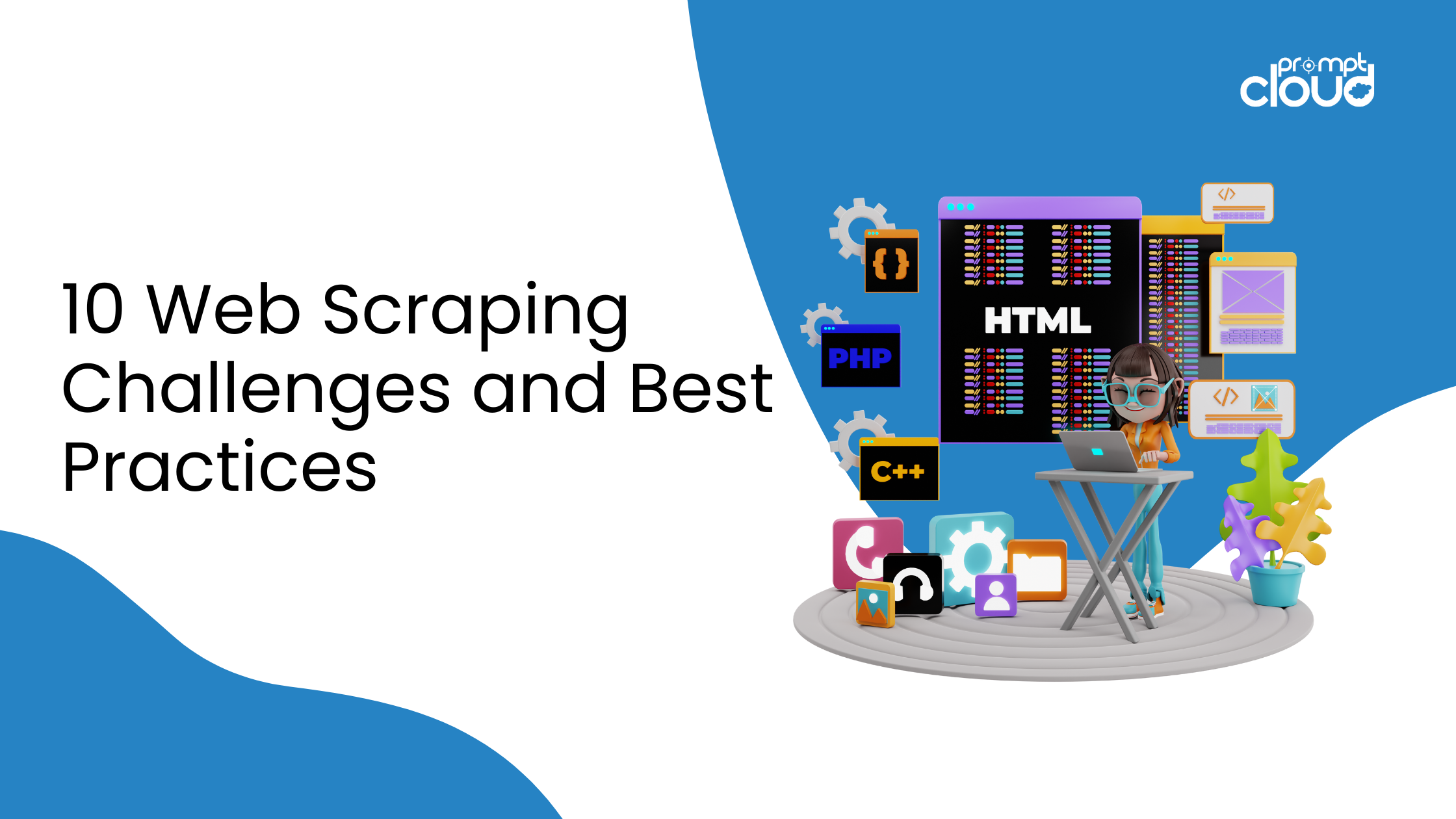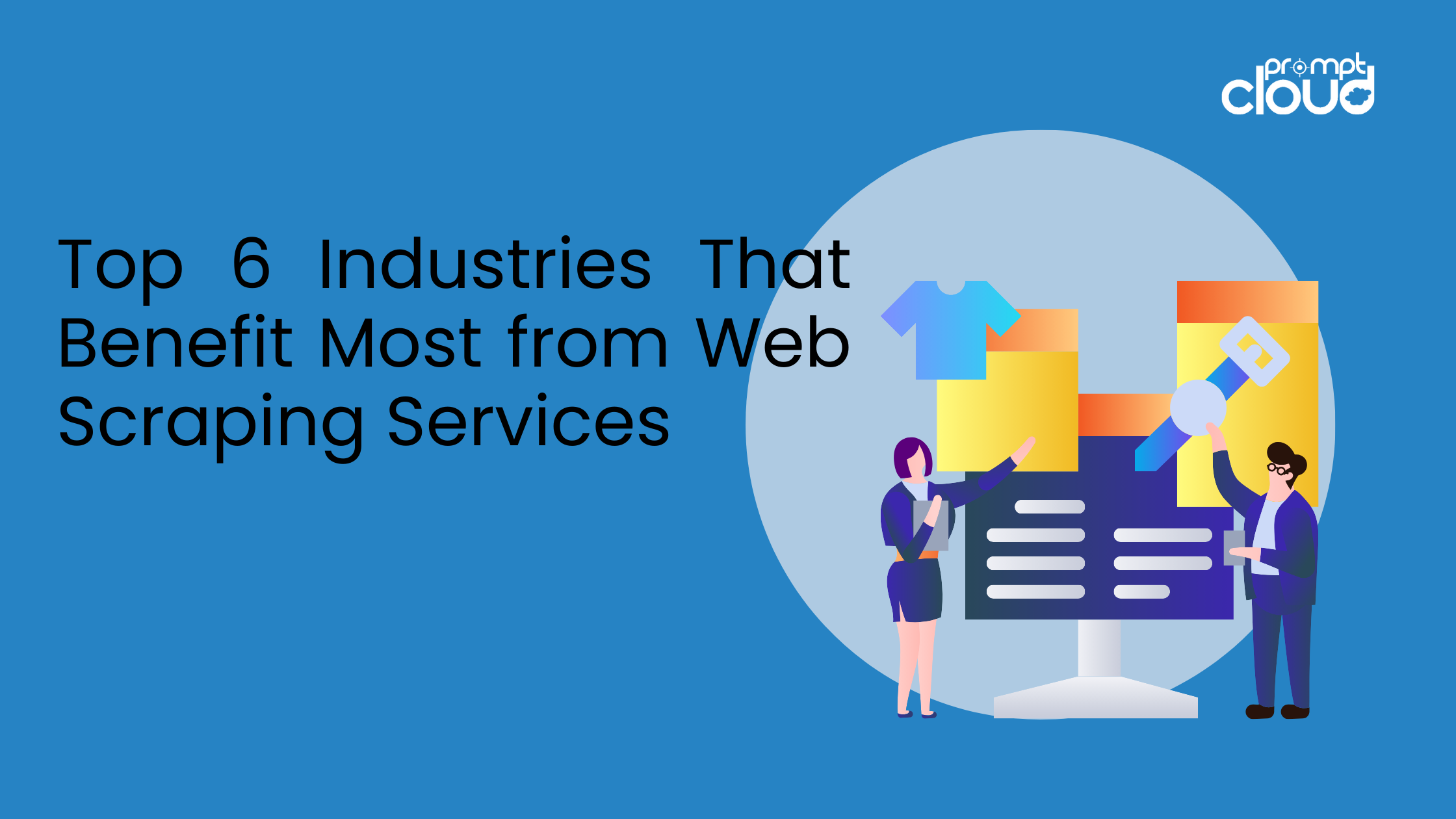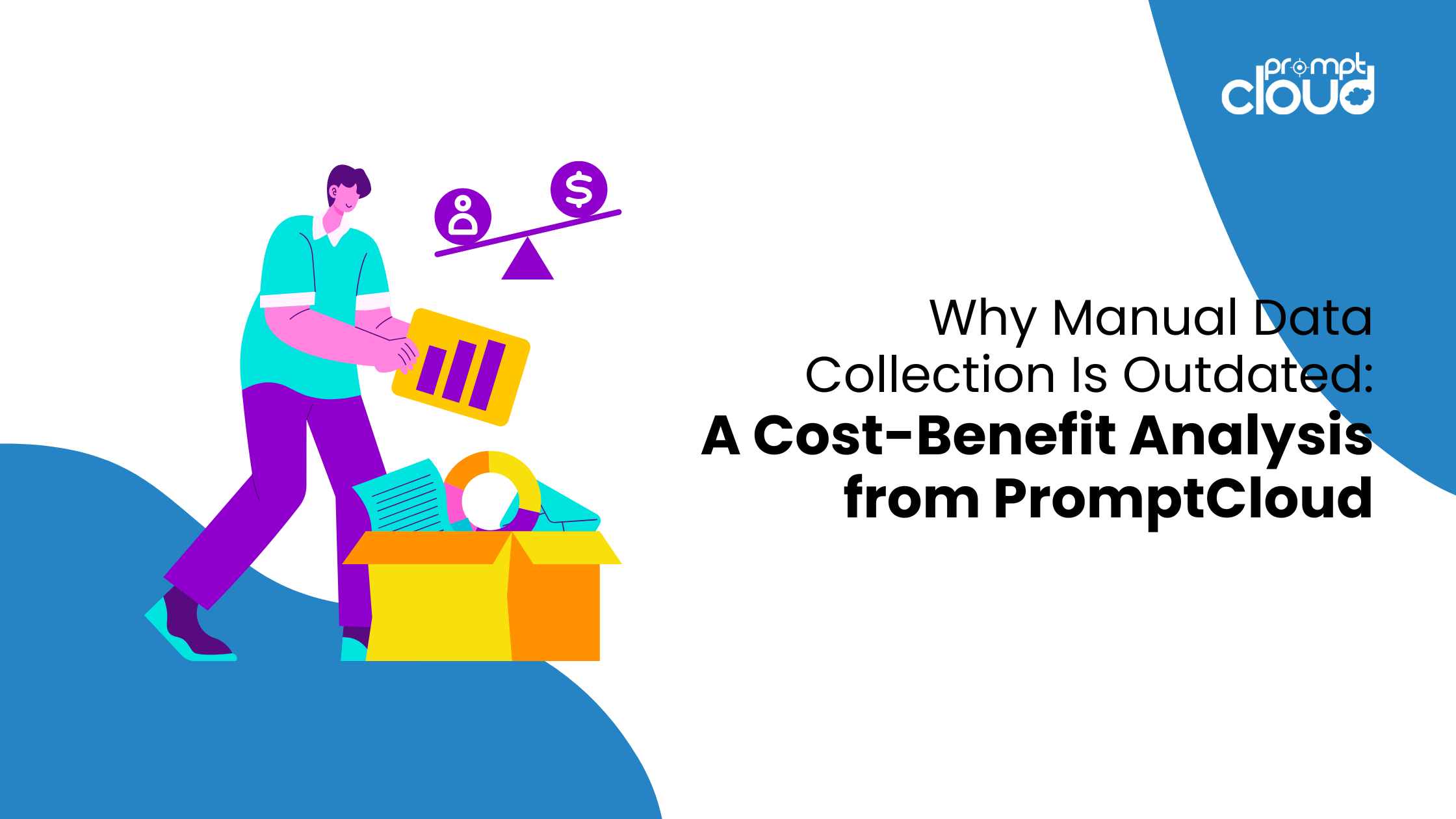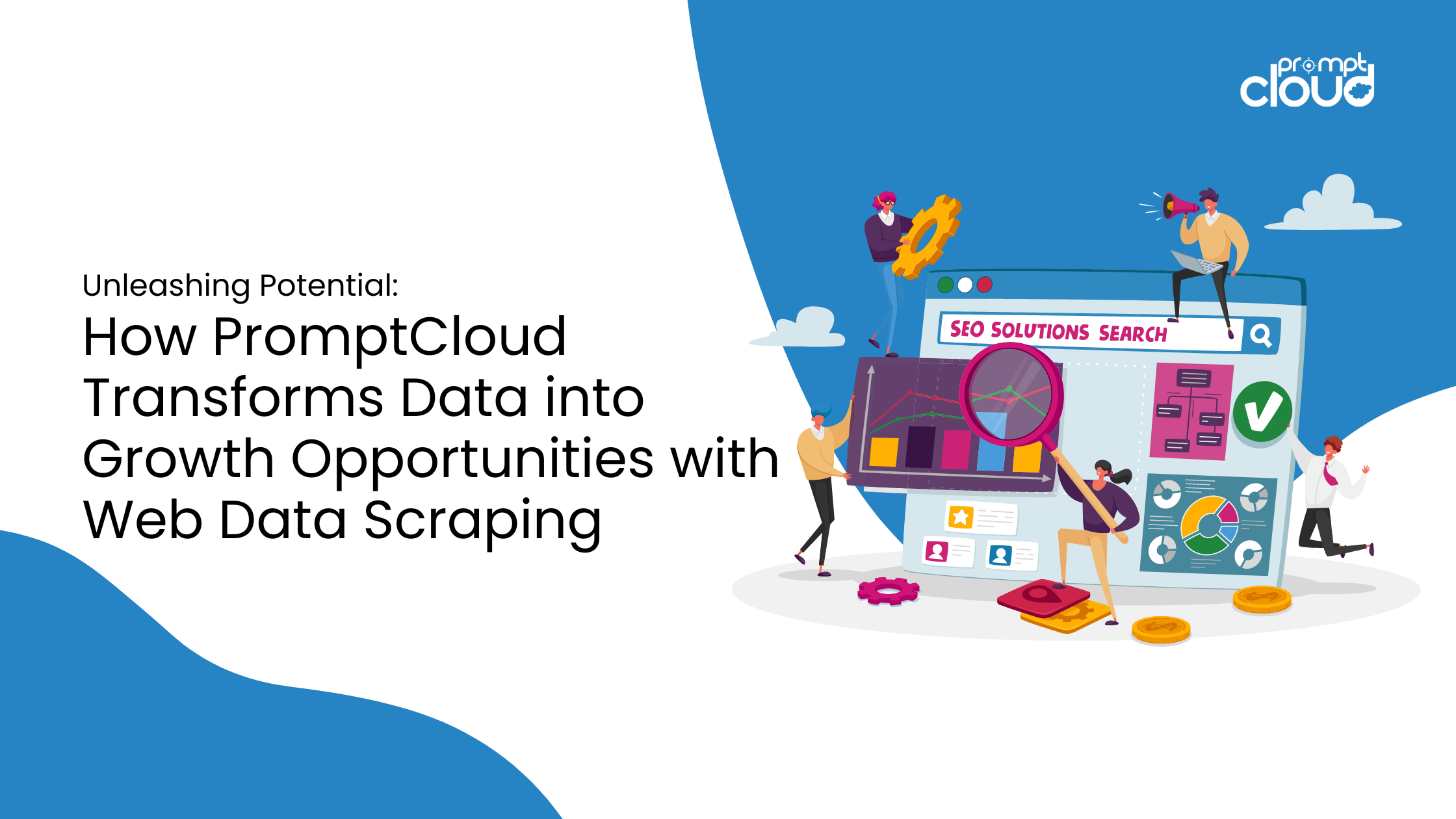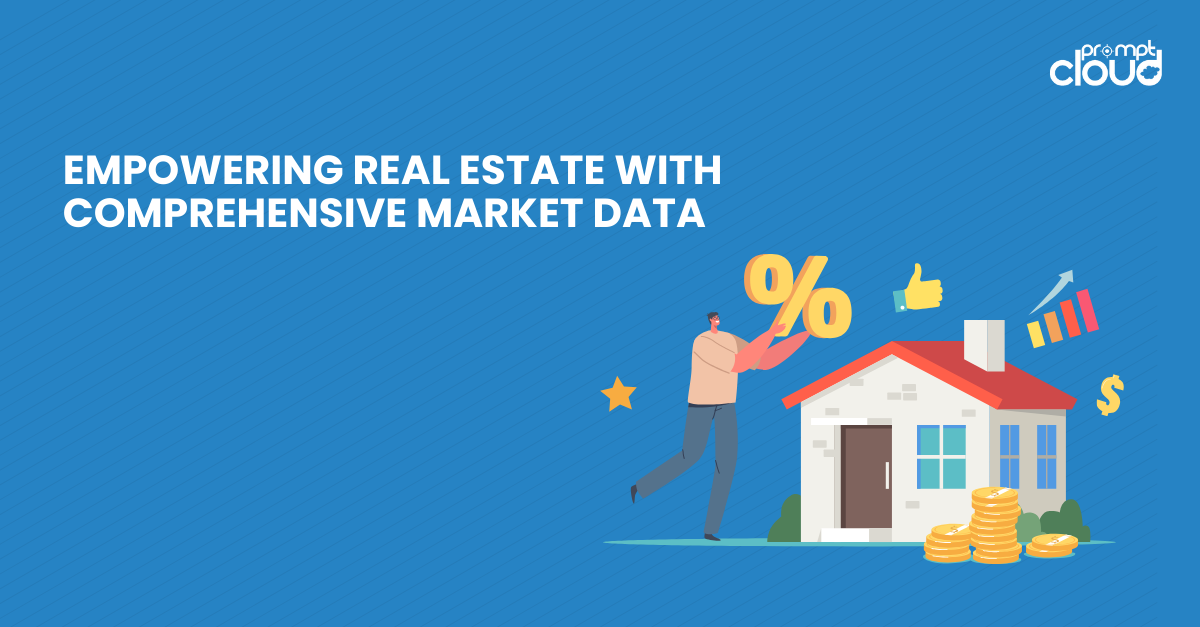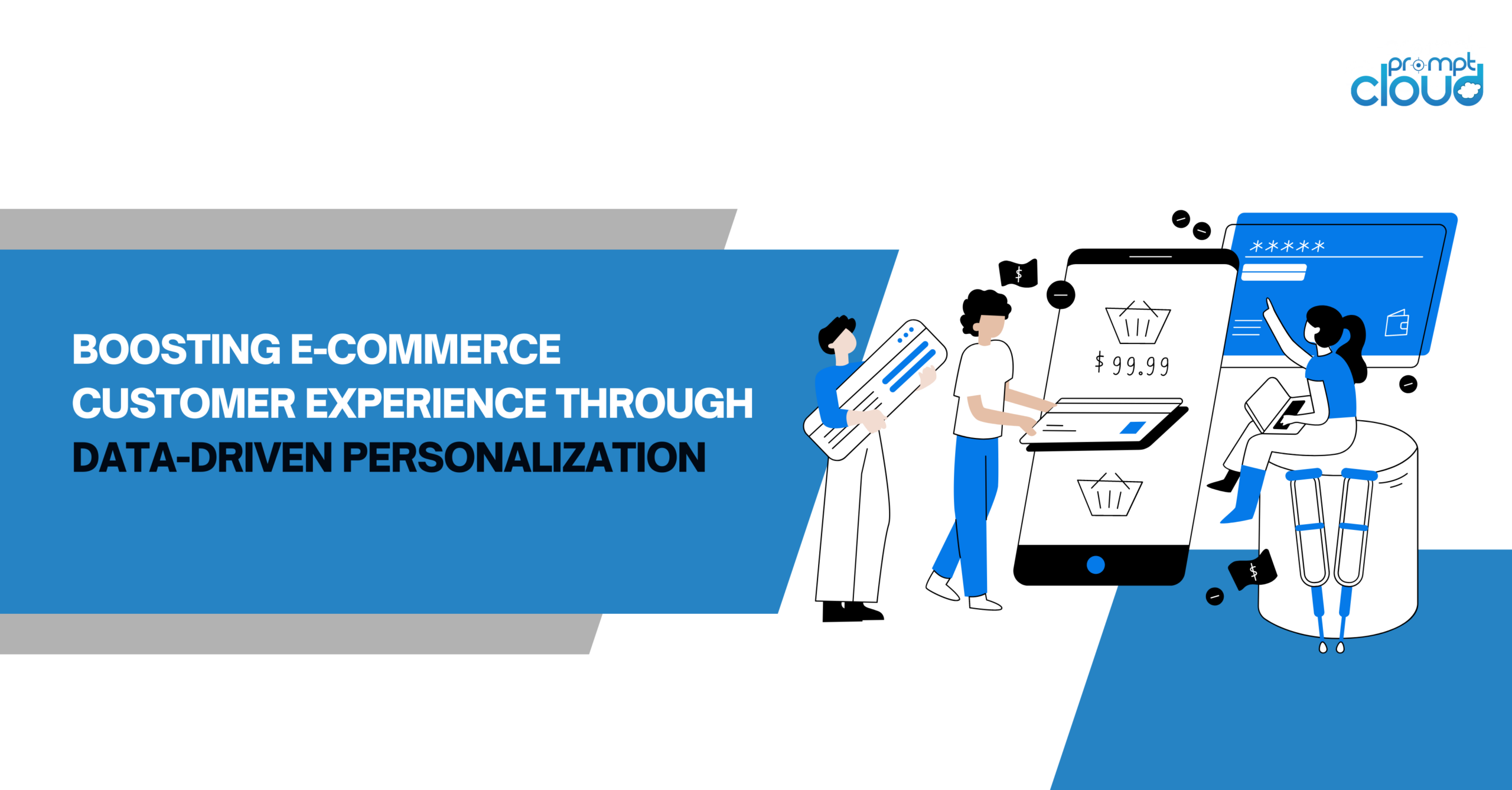
Mammoths like Amazon and Walmart were not just built on great ideas, but also on top of large amounts of data. So when you try to build custom web crawler to fetch data from websites of companies like these, it does make sense. However, one also needs to deep dive into how the best data practices at these companies have helped them in making great business decisions. You can explore our article on the usefulness of scraping product reviews from Amazon for more deeper insights.
Web scraping Amazon prices
As per an article by Business Insider, Amazon changes the prices of items by as much as 2.5 million times on an average day. This would be a hurdle for those using pricing data from Amazon, since the scraped data will need frequent updates.
Another problem is that not every category of item has the same layout on Amazon, and the layouts themselves change from time to time. Hence, when scraping data, you will need to use different templates for different types of products and update existing templates based on changes made by Amazon.
Due to multiple challenges of scraping data, be it price data or product data, it is mostly recommended to use the help of a DaaS provider like PromptCloud. In this article, we have discussed the usefulness of scraping product reviews from Amazon. Be it reviews or any other data point that you need from Amazon, we are a one stop solution.
Where does Amazon get its data?
Since every decision at Amazon is based on data, it needs to collect data from multiple sources. We shall go over the most important of them–
User Behavior
From the moment you log into Amazon, it starts tracking your actions. The items you view, how long you stay on any page, where you move your mouse to, which items you buy together, which ones you buy periodically and more. Apart from this, Amazon also captures data like-
- Which banks’ cards are used.
- Addresses that are stored in every person’s account.
- IP address, location and device used to access the site/app.
Amazon tries to collect as much personal data as possible to enable targeted advertisements on its website.
Kindle Highlights
Amazon bought Goodreads in 2013 and combined the social networking service of 25 million users with its Kindle platform. This meant that Kindle users were now automatically connected to the Goodreads network. A major feature of Goodreads is the ability to highlight words and sentences and share those with others. This turned out to be a data mine for Amazon. The words and sentences highlighted on Kindle now help Amazon to crunch numbers and suggest books to individuals on the Kindle platform– thus adding to its revenue.
Alexa
Amazon sells multiple “Echo” devices which are powered by its virtual assistant Alexa. Alexa stores all the voice commands that you use, and in many instances has also been seen to capture voice recordings even after the command ended. As per this report by the Washington Post, Alexa often starts recording even when not invoked. Amazon stores all the recordings in its servers and uses the data to train its virtual assistant to get better at interacting with humans.
How does Amazon use data?
While we just spoke of all the data that Amazon captures, it is even more important to understand how it uses the data. This way, you can identify which data points you would want to scrape using your custom web crawler and what problem statements that data will help you solve.
Supply Chain Optimization
Amazon’s main job is to efficiently handle products across Geographical locations such that they are always at the warehouse closest to where they are most in demand. A simple example of this would be Amazon using weather data to keep a high stock of shovels and deicers in places which are predicted to get snowfall soon. Such predictions would mean less money spent on transporting items and faster delivery timelines. It even uses something called anticipatory shipping to ship products to places where they might be ordered soon.
Recommendations Galore
Just like Netflix, big data drives the recommender system at Amazon. It makes sure every order placed by the user has as many items as possible. This reduces shipping costs, increases margins and enables cross selling. A lot of previous data and customer behavior on the website is used to enable customers to make impulse purchases. From recommending accessories whenever you purchase a laptop or a mobile to telling you which trousers would go best with the shirt that you just added to your cart, Amazon nudges you gently like a friend recommending you to purchase one product to add value to another.
Content is the key
Amazon sells products, and like any other seller, it wants you to buy more from its site. To replicate the essence of an offline store, and to make sure users don’t leave right after purchasing the product that they want, Amazon tries to keep you scrolling in multiple ways. As soon as you open the site or the app, it will show you–
- Banners of the latest products or the top offers.
- Items that you might have seen earlier but not purchased.
- Products from your wishlist that are cheaper now.
- Blog articles and products which might be relevant to you.
- The latest product lines at Amazon and new brands.
This emulates the physical buying experience and keeps customers hooked to the website or the app.
Building custom web crawler engines is not a one day job. When it comes to building systems that can tackle a website like Amazon, the challenges increase exponentially. So before you pick up the challenge, you should be prepared or possibly have professionals with previous experience in web scraping and data handling. In the absence of such a team, you would be best served by DaaS providers.











